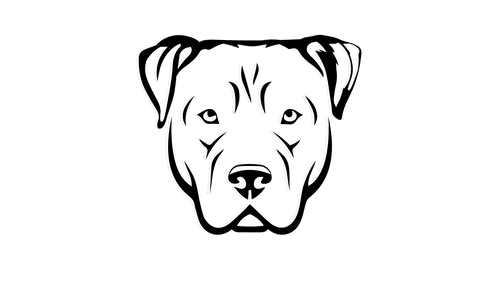So you have a new family member - congrats! Now it's time to dive right in to dog ownership.
The Tangible Items
- Food and Water bowl, along with a min. 1 month supply of what you'll be feeding them when you get home. If you don't know the food they have now, ask. Get instructions from your breeder or rescue agency on the food they're using and if your new addition has any allergies or food sensitivities.
- A crate and a bed. Even if you don't plan on crating your dog at home as they get older, you'll need one for a puppy. It's important in providing a safe space and teaching boundaries, and is essential for potty training.
- Toys! Lots of fun stuff to chew, destroy and play with. If you're getting a young puppy, be sure to buy lots of ropes and baby teethers. Run some water over these toys so they're nice and drenched, then freeze them in the freezer. These will be really helpful for your puppy's teeth and gum pain when they're teething, and probably save a couch leg or two.
- Papers. Wherever your get your dog from, they should come with paperwork of some sort. Create a file for your paperwork early on to avoid misplacing things, and include shot receipts/ vet files as well in order to keep up to date.
- A puppy-proof home. This means no exposed low sitting wires, no poisonous plants, and no essential oils burning that could be toxic to your dog. Find or create closed storage areas for shoes and other items of value that could be deemed tasty. Ensure all garbage cans in the home have closed lids that are out of reach.
- Pee pads, if you're going that route. your puppy will housetrain best with a walk outside or in your backyard, but for some people those are not always options. Pee pads or grass pads are great for building the foundations of housetraining, and to catch a spill last-minute.
- Training treats (treats that come in small quantities) and usually are 1-2 ingredients only are great for consistent giving. Dehydrated beef, chicken, or alternatives are great options for this.
- Collar and Leash - and no, there's no alternatives to this. The sooner your dog becomes accustomed to a collar and a leash, the sooner you'll be able to start working on their training. It will be a new tool that will take some time getting used to.
- Grooming supplies. Shampoo, comb, and some fun bath toys to keep it interesting. A nail cutter and some dog fragrance spray are good as well. Get your puppy used to bathing and being handled for grooming as early as possible.
- If it's fall or winter, make sure you have a jacket or protective footwear for your puppy. Salt and ice can hurt the pads of any dog's feet, but puppy feet are especially sensitive. They can get cold much faster than an adult dog and need to be kept warm in cold temperatures.
The Non-Tangible Items
- Every new puppy owner needs, and I mean NEEDS to be able to understand dog body language. This will make your experience as a dog owner easier, and strengthen your bond with your dog. It's worth reading some articles, such as this excerpt by the American Kennel Club on how to decipher some key language points with your dog.
- Find a Trainer. It's worth starting off on a great foot and really investing in having a dog with sound behavioural traits. Do your research, read reviews and have a few meet and greets to find the right one.
- Be prepared to check off the items on our socialization checklist, listed here.
- Take time off. A puppy is a full time commitment, and this is a massive change for them. Take some time off, and make sure to get acquainted your new puppy. create a schedule, and get them comfortable with their new space. Then, slowly help them adjust to being crated for short periods of time. Involve everyone in the household to pitch in for playtime, walks and feeding. A routine is important for your dog and it helps to build structure and minimize accidents.
- A budget including rainy day savings for emergencies is crucial in new dog ownership. Dogs are not cheap; average care for a dog is around $1,000 - $4,000 a year and that's not including emergency vet visits or hospital care. Make sure you have a safety net in case something goes wrong.

